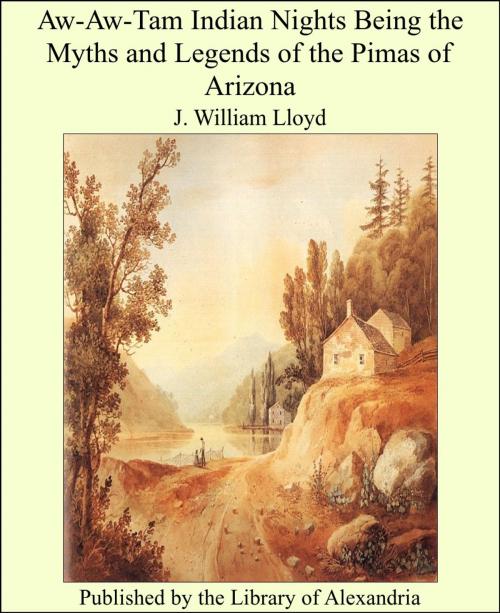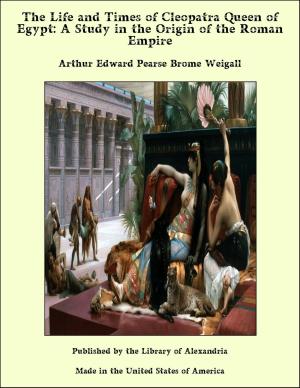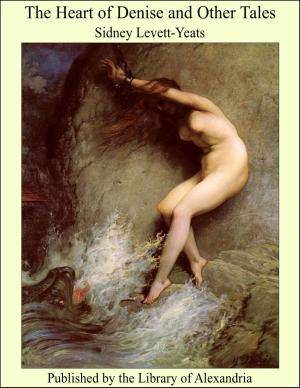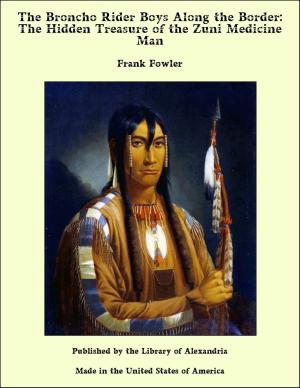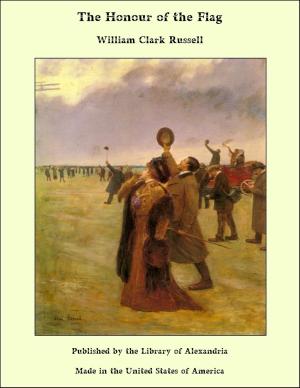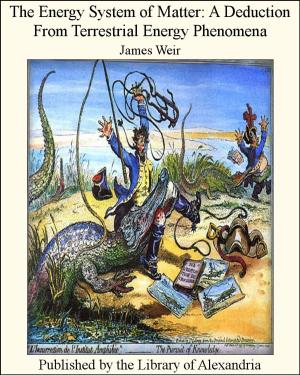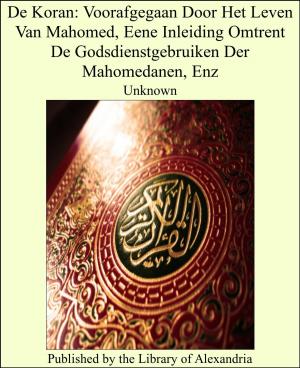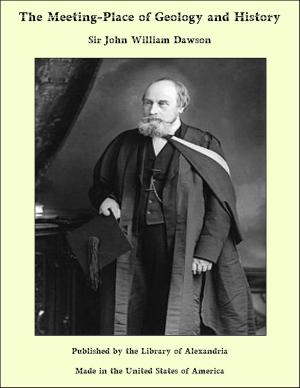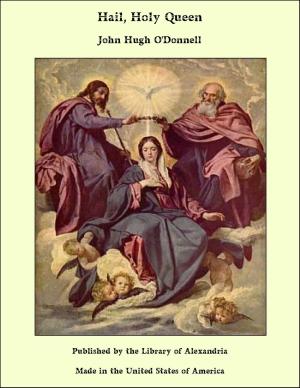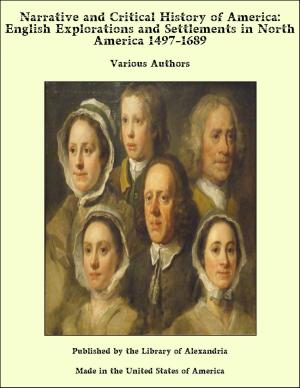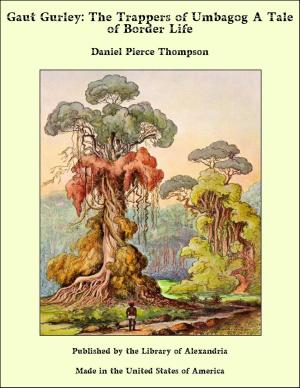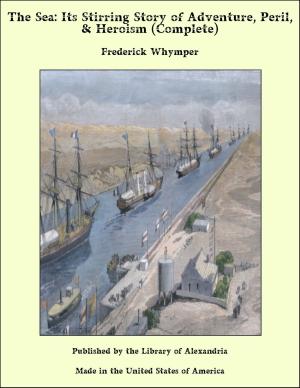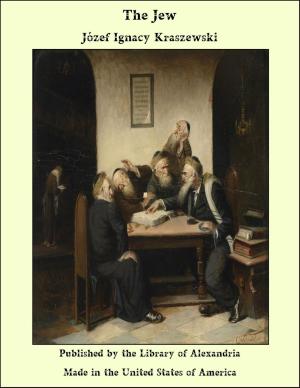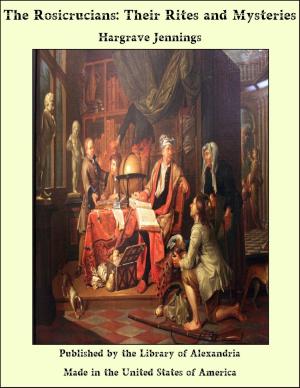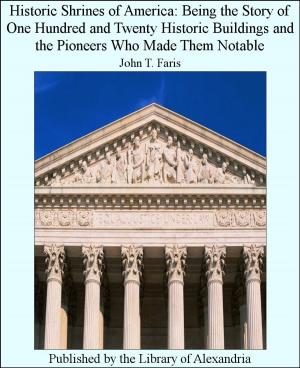Aw-Aw-Tam Indian Nights Being the Myths and Legends of the Pimas of Arizona
Nonfiction, Religion & Spirituality, New Age, History, Fiction & Literature| Author: | J. William Lloyd | ISBN: | 9781465512314 |
| Publisher: | Library of Alexandria | Publication: | March 8, 2015 |
| Imprint: | Language: | English |
| Author: | J. William Lloyd |
| ISBN: | 9781465512314 |
| Publisher: | Library of Alexandria |
| Publication: | March 8, 2015 |
| Imprint: | |
| Language: | English |
The Story of these Stories When I was at the Pan-American Fair, at Buffalo, in July, 1901, I one day strolled into the Bazaar and drifted naturally to the section where Indian curios were displayed for sale by J. W. Benham. Behind the counter, as salesman, stood a young Indian, whose frank, intelligent, good-natured face at once attracted me. Finding me interested in Indian art, he courteously invited me behind the counter and spent an hour or more in explaining the mysteries of baskets and blankets. How small seeds are! From that interview came everything that is in this book. Several times I repeated my visits to my Indian friend, and when I had left Buffalo I had learned that his name was Edward Hubert Wood, and that he was a full-blooded Pima, educated at Albuquerque, New Mexico. Afterward we came into a pleasant correspondence, and so I came to know that one of my Indian friend's dreams was that he should be the means of the preservation of the ancient tales of his people. He had a grand-uncle, Comalk-Hawk-Kih, or Thin Buckskin, who was a see-nee-yaw-kum, or professional traditionalist, who knew all the ancient stories, but who had no successor, and with whose death the stories would disappear. He did not feel himself equal to putting these traditions into good English, and so did not quite know what to do
The Story of these Stories When I was at the Pan-American Fair, at Buffalo, in July, 1901, I one day strolled into the Bazaar and drifted naturally to the section where Indian curios were displayed for sale by J. W. Benham. Behind the counter, as salesman, stood a young Indian, whose frank, intelligent, good-natured face at once attracted me. Finding me interested in Indian art, he courteously invited me behind the counter and spent an hour or more in explaining the mysteries of baskets and blankets. How small seeds are! From that interview came everything that is in this book. Several times I repeated my visits to my Indian friend, and when I had left Buffalo I had learned that his name was Edward Hubert Wood, and that he was a full-blooded Pima, educated at Albuquerque, New Mexico. Afterward we came into a pleasant correspondence, and so I came to know that one of my Indian friend's dreams was that he should be the means of the preservation of the ancient tales of his people. He had a grand-uncle, Comalk-Hawk-Kih, or Thin Buckskin, who was a see-nee-yaw-kum, or professional traditionalist, who knew all the ancient stories, but who had no successor, and with whose death the stories would disappear. He did not feel himself equal to putting these traditions into good English, and so did not quite know what to do
